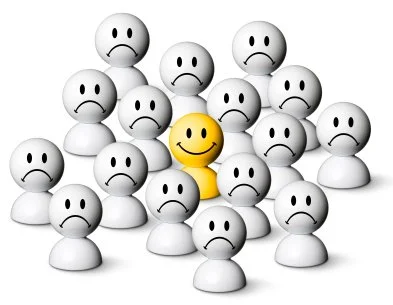People vs. Power: The Real Story Behind America’s Inequality
People vs. Power: The Real Story Behind America’s Inequality
Date: Oct 27 2025
Mood: Grounded and clear
“When we scapegoat an entire generation, we let the real power structures off the hook.”
Blaming baby boomers for America’s problems has become a popular sport. It’s simple, emotional, and fits neatly into social media headlines. But it’s also deeply misleading. When we turn complex structural failures into a generational blame game, we let the real culprits off the hook.
The story of America’s growing inequality isn’t about one age group. It’s about decades of deliberate policy choices—crafted by a small coalition of policymakers, lobbyists, and corporate interests—that have quietly rewritten the rules of the economy in their favor.
From Shared Prosperity to Concentrated Power
In the decades after World War II, the American middle class expanded, productivity rose, and wages followed. That era wasn’t perfect, but it was built on a balance between labor, business, and government that broadly shared economic growth.
Then came a turning point.
Starting in the 1980s, the U.S. entered a new economic regime—one that prioritized short-term profits over long-term stability. Financial deregulation, tax cuts for capital gains, and the steady erosion of labor protections transformed the landscape.
Union membership fell from over 20% in 1983 to under 10% today.
The top marginal tax rate dropped from 70% to 37%.
Corporate share buybacks replaced investment in workers and innovation.
Public spending on housing, education, and infrastructure declined, replaced by debt and privatization.
These weren’t inevitable trends. They were choices.
Who Really Benefited?
Over time, this new system rewarded those who already owned assets—stocks, real estate, and businesses—while punishing those who relied on wages.
Homeowners in hot markets saw their wealth multiply. Renters watched prices soar out of reach. Students were told education was the path to success, only to be burdened with decades of debt.
And here’s the truth: many boomers didn’t escape these pressures either. Millions faced job insecurity, rising healthcare costs, and shrinking pensions. The idea that all boomers “had it easy” ignores a simple fact: class, geography, and policy—not age—determine opportunity.
Why “Boomers vs. Millennials” Misses the Point
Turning economic frustration into a generational feud might feel satisfying—but it’s politically disastrous. It fractures solidarity across age groups—the very unity needed to challenge concentrated power.
This isn’t boomers versus millennials.
It’s people versus power.
When we focus our anger on each other, we become distracted from the real issue: the architecture of policy capture. The same forces that weakened unions, inflated housing markets, and drove up education costs are thrilled to see us fighting each other instead of them.
Rebuilding What Was Lost
If we want a fairer, more stable society, we need to rebuild the institutions that once kept power accountable:
Labor organizations that give workers real bargaining power.
Campaign finance reform to reduce the influence of corporate money in politics.
Affordable housing and education to restore social mobility.
Tax systems that reward long-term investment in people, not short-term speculation.
Rebalancing the economy isn’t about nostalgia—it’s about design. We built the current system, and we can redesign it.
The Real Divide
The divide that matters most isn’t between young and old—it’s between those who profit from the system as it is and those who believe we can build something better.
When we scapegoat a generation, we surrender clarity. When we recognize the true architecture of inequality, we regain agency.
The story we should be telling is not one of boomers versus millennials, but of people versus power—and the collective will to make the system serve everyone again.
#Inequality #Economy #PeopleVsPower #Policy #Society #GenerationalDebate
